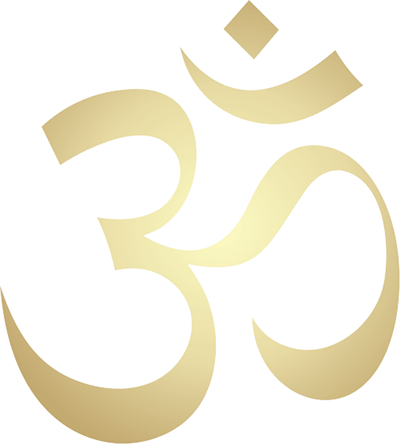



108 Names of Bharat Mata Video
108 Names of Bharat Mata
Gayatri Mantras Video
Bharat Mata Gayatri Mantras
Ekavimski Video
Bharat Mata Ekavimsati Song

Click on Link below to go to Youtube Videos
To download MP3 Audio right click and "save link as"
Home
About the Author
108 Names of Bharatamata
Gayatri Mantras
Ekavimsati Song
Speaking/Media Contact
Sri Bharatamata
Ashtottaram 86
86) OṀ SĀDHU SAṀḊOHA (SĀḊHVINĪ VRAṪA)
BHŨMYAINAMAH:
OM (AUM) -SAA-DHU-SUM-DO-HA
(SAA-DH-VI-NII-VRA-ṪA) BHOO- MYAI-NA-MA-HA
(Sādhu: means-Good, virtuous, excellent, right, a virtuous (holy) man, a religious mendicant; Saṃdoha: means-assemblage, multitude; Sādhvini-: means-A chaste woman, holy woman; Vṟata: means-Religious vows)
Though the word 'sādhu' actually means a good person, in common parlance it is used to indicate a samnyāsin or a religious mendicant. In common, in our societies we praise people with good, soft, qualities. It's our nature and culture. Even in animals, we consider a cow as a 'sādhu' animal. That the Hindu society has given the highest place of honor to the sādhus and sannyāsins, it has also prescribed the highest standards of morality, ethics and spiritual values. The dharmaśāstrās are replete with many injunctions and prohibitions which may not appear to be relevant in the modern context. Every Hindu understands a 'sādhu' being a kind, non-threatening, soft natured person who is in the pursuit of liberation during this life time and tries to help the society with his knowledge of spirituality and wisdom. The greatness of our country is that, we not only have sādhus but also sādhvinīmaṇis (female renuncies and monks). Showing non-difference between men and women in any field is the utmost attribute of our sanātana dharma.
There are different kinds of sādhus. We call sannyāsins, yaṫis, and bairāgis also as sādhus. The ochre clothes they wear are symbolic for renunciation. Wearing them reminds the sādhus about their oath and dispassion toward materialism and selfless service to the community and humanity at large. It also reminds them their duty to practice their strict spiritual injunctions and prohibitions. The attire also assures the community that their actions are non-threatening to humanity. Some shave their heads but most of them leave their hair grow into matted with long beards. People also show their respect toward sādhus and offer them food. Usually, the sādhus wander constantly and do not stay at one place for more than 3 days, unless it is a rainy season. Some sādhus spend most of their time in the caves or under big trees like banyan trees. Some carry a ḋanḍam (staff), kamanḍalam (water pot), and wear pāḋukās (wooden sandals). They apply ashes all over their body as a mark of vairāgyam reminding thems and us that no matter how long we live, at the end we are all going to be ashes after cremation. This also has very deep and heavy meaning that we come from the mother earth and at the end we return to her.
Those who are immersed in constant meditation are called 'munis' and those who control their senses are called 'yatis'. We have these munis and yatis from ancient times and in abundance. Ṛigveda- the oldest Veda mentions about these munis and yatis. Our Vedas and Upanishads placed them on the highest pedestal because of their tapas, renunciation, sacrifice, celibacy and many more other virtues. Sri Ramaṇa maharṣhi, Sri Ramakrishna Paramahaṃsa, and Sri Vivekānanda swami belong to these categories.
Our land is 'Sādhu Saṃḋoha' and 'Sādhvinī Vraṫa Bhūmi'.

